-
Scientists Discover a Stunning River of Stars Flowing Through Space
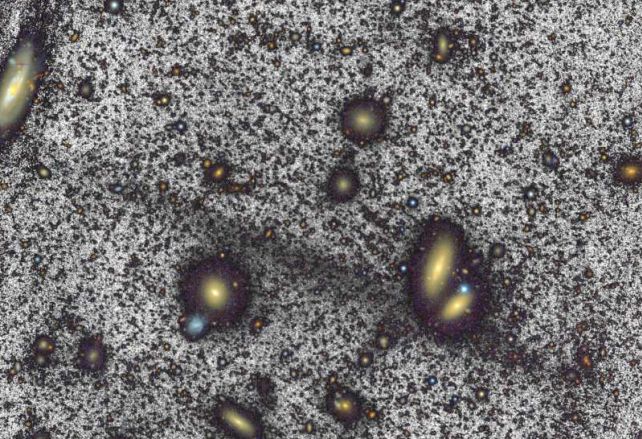
A stunning river of stars has been spotted flowing through the intergalactic space in a cluster of galaxies about 300 million light years away. Such bridges are known as stellar streams; and, at a length of 1.7 million light-years, the newly named Giant Coma Stream is the longest we’ve ever seen. And that’s not all:…
-
GUSTO
Astronomers who study the material between the stars are ready to “go for the gusto.” They’re planning to launch a telescope aboard a giant balloon. If everything goes as planned, it’ll loop around Antarctica for up to four months, staring deep into the Milky Way and a companion galaxy. The mission is known as GUSTO.…
-
Spider Pulsars are Tearing Apart Stars in the Omega Cluster
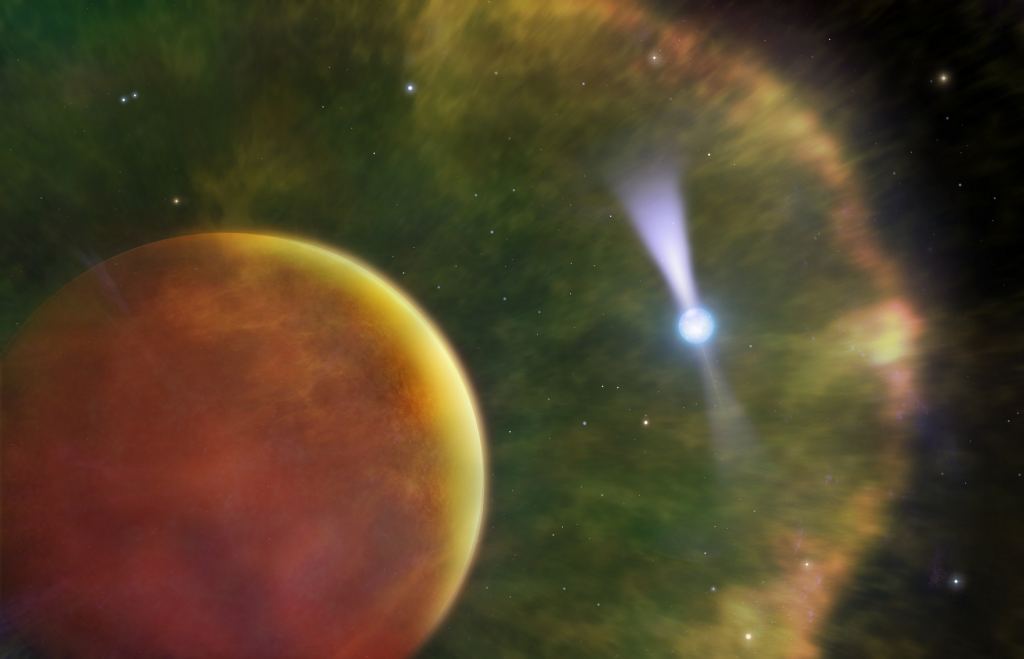
Pulsars are extreme objects. They’re what’s left over when a massive star collapses on itself and explodes as a supernova. This creates a neutron star. Neutron stars spin, and some of them emit radiation. When they emit radiation from their poles that we can see, we call them pulsars. In the last decade or so,…
-
Fermi has Found More than 300 Gamma-Ray Pulsars

In June 2008, the Gamma-ray Large Area Space Telescope began surveying the cosmos to study some of the most energetic phenomena in the Universe. Shortly after that, NASA renamed the observatory in the Fermi Gamma-ray Space Telescope in honor of Professor Enrico Fermi (1901-1954), a pioneer in high-energy physics. During its mission, Fermi has addressed questions regarding…
-
6 Great Space Images in November
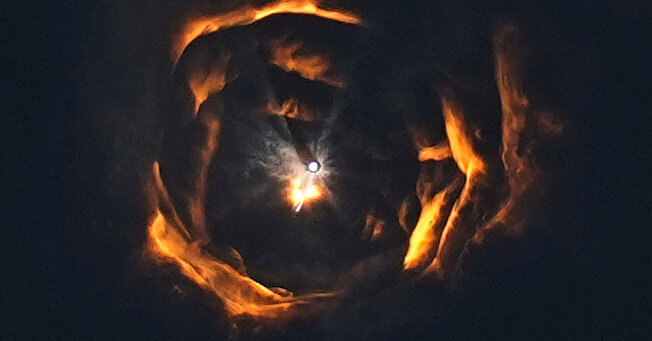
Skip to contentSkip to site index Science Today’s Paper Advertisement SKIP ADVERTISEMENT Site Index Site Information Navigation © 2023 The New York Times Company NYTCo Contact Us Accessibility Work with us Advertise T Brand Studio Your Ad Choices Privacy Policy Terms of Service Terms of Sale Site Map Canada International Help Subscriptions Manage Privacy Preferences
-
The planet LHS 3154 b seems way too big for its tiny star
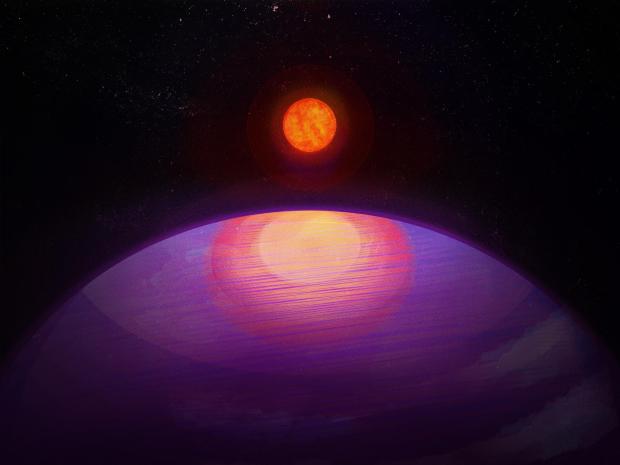
The light of the M dwarf LHS 3154 scatters off the Neptune-sized planet LHS 3154 b in this artist’s concept. Credit: Penn State University In the annals of planet hunting, astronomers’ latest find is a bit of a head-scratcher: a giant exoplanet tightly orbiting a star so tiny, it’s hard to understand how the star…
-
Watch a Russian Progress cargo spacecraft launch to the ISS live on Dec. 1
A Russian cargo ship is bound for the International Space Station (ISS). The ISS launch saw a Russian Progress cargo ship fly to space at 4:25 a.m. EST (0925 GMT or 3:25 p.m. local time) from the Baikonur Cosmodrome in Kazakhstan. On Sunday (Dec. 3) there will be another live event with the spaceship, when…
-
Watch a Russian Progress cargo spacecraft launch to the ISS live on Dec. 1
A Russian cargo ship is bound for the International Space Station (ISS). The ISS launch saw a Russian Progress cargo ship fly to space at 4:25 a.m. EST (0925 GMT or 3:25 p.m. local time) from the Baikonur Cosmodrome in Kazakhstan. On Sunday (Dec. 3) there will be another live event with the spaceship, when…
-
Mary Cleave, ‘trailblazing’ astronaut and scientist, dies at 76
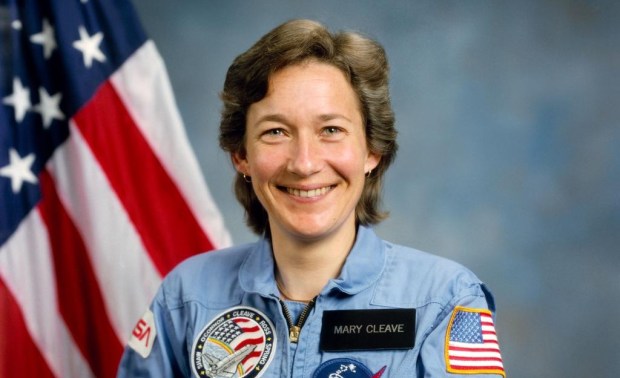
Mary Cleave’s NASA portrait. Credit: NASA Mary Cleave, a former NASA astronaut and engineer, died Monday at age 76 according to a release from NASA, Cleave was the tenth woman in space, the first woman to fly in NASA’s Space Shuttle missions after the Challenger disaster of 1986, and the first woman to lead the Science…
-
Mary Cleave, ‘trailblazing’ astronaut and scientist, dies at 76

Mary Cleave’s NASA portrait. Credit: NASA Mary Cleave, a former NASA astronaut and engineer, died Monday at age 76 according to a release from NASA, Cleave was the tenth woman in space, the first woman to fly in NASA’s Space Shuttle missions after the Challenger disaster of 1986, and the first woman to lead the Science…